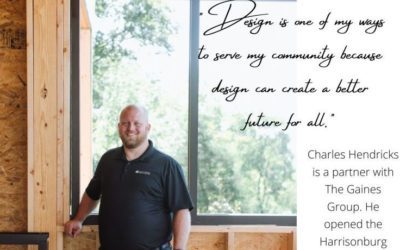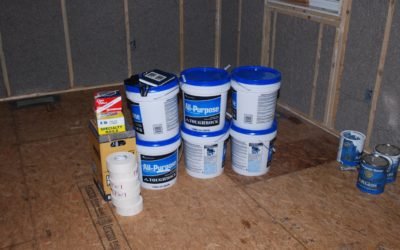"Samuel Mockbee said, 'Everyone, rich or poor, deserves a shelter for the soul.' That is the...
Do You Want a Custom Home or Just a New Home?
If you have never built a new home, you most likely don't know where to start. You have probably...
Renovation Project: Finding Treasures Inside Walls
Check out this cool find inside a wall on a renovation project You never know what to expect in...
The biggest competition in the architectural profession is “no design.”
The architectural industry is an interesting one (and the only one I really know, so probably not...
What are All Those Certifications, and Do They Add Value to Your Project?
In the construction industry, like many others, there are many certifications, professional...
Your health depends on it – Healthy Indoor Air Quality
As we learn more about building science homes are being built tighter through good construction...
Design Matters – finding solutions.
Architects design a variety of building types. Some are big, some are small, and they all...
Architecture is not just about being Sexy!
When you pick up a magazine about architecture the cover is most likely an oasis of proportion,...
Local Architectural Firm Named Best of Houzz 2012
For Immediate Release: May 1, 2012 Press Inquiries: Charles Hendricks, AIA, CSI, CDT, LEED...
Is your house custom or just new construction?
For those looking to build a new home, what is your motivation? Do you want a house that is new or...


